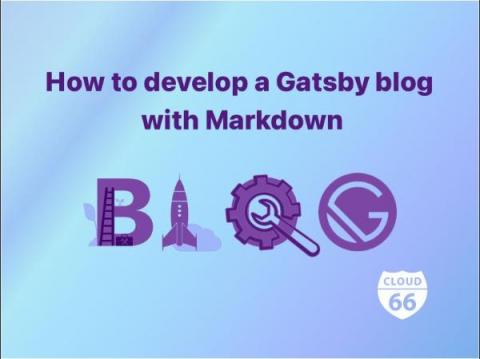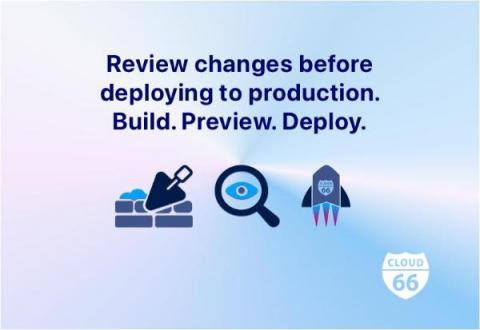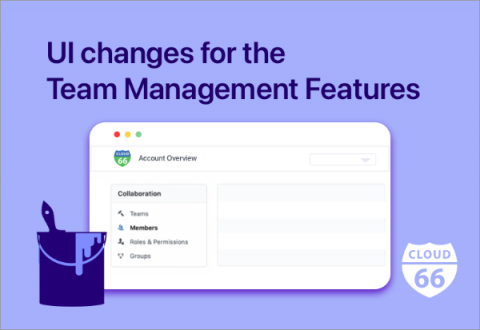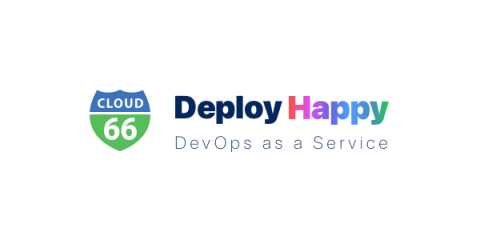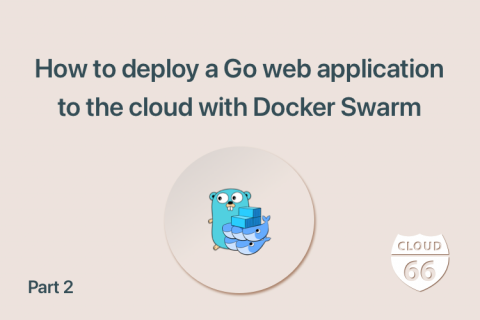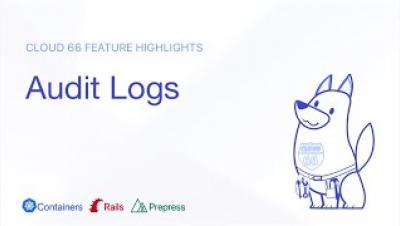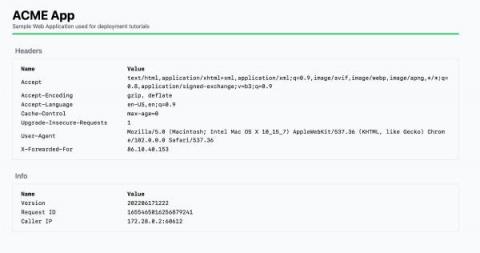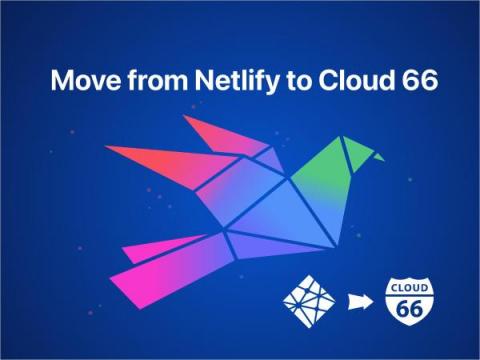How to develop a Gatsby blog with Markdown
Are you looking to build a Gatsby website with markdown? This post will take you through the Gatsby development process, from creating the project to deploying it in production on AWS. We will talk about the benefits of using Gatsby and show how to set up markdown, configure Gatsby, and build an article for your demo website.


